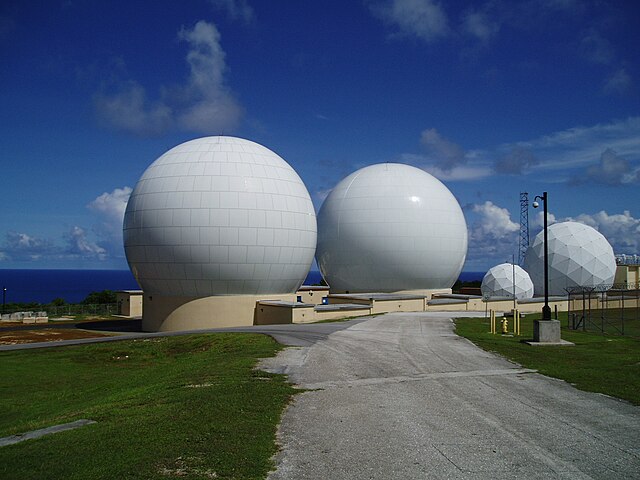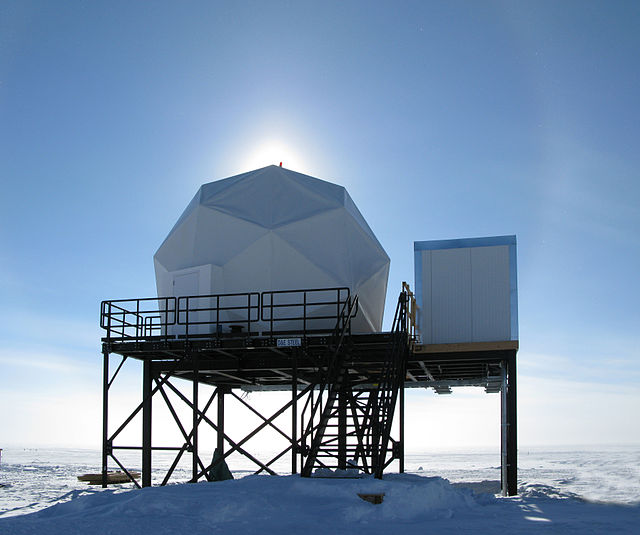A ground segment consists of all the ground-based elements of a space system used by operators and support personnel, as opposed to the space segment and user segment. The ground segment enables management of a spacecraft, and distribution of payload data and telemetry among interested parties on the ground. The primary elements of a ground segment are:Ground stations, which provide radio interfaces with spacecraft
Mission control centers, from which spacecraft are managed
Remote terminals, used by support personnel
Spacecraft integration and test facilities
Launch facilities
Ground networks, which allow for communication between the other ground elements
Radio dishes at an Embratel earth station in Tanguá, Brazil
Control center at NASA's Jet Propulsion Laboratory
Antenna belonging to the Deep Space Network
Space Telescope Operations Control Center at Goddard Space Flight Center, during servicing of the Hubble Space Telescope
Tracking and Data Relay Satellite System
The U.S. Tracking and Data Relay Satellite System (TDRSS) is a network of American communications satellites and ground stations used by NASA for space communications. The system was designed to replace an existing network of ground stations that had supported all of NASA's crewed flight missions. The prime design goal was to increase the time spacecraft were in communication with the ground and improve the amount of data that could be transferred. Many Tracking and Data Relay Satellites were launched in the 1980s and 1990s with the Space Shuttle and made use of the Inertial Upper Stage, a two-stage solid rocket booster developed for the shuttle. Other TDRS were launched by Atlas IIa and Atlas V rockets.
Guam Remote Ground Terminal
South Pole Tracking Relay-2
An unflown TDRS on display at the Steven F. Udvar-Hazy Center in Chantilly, Virginia.







